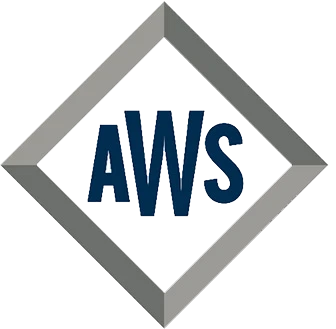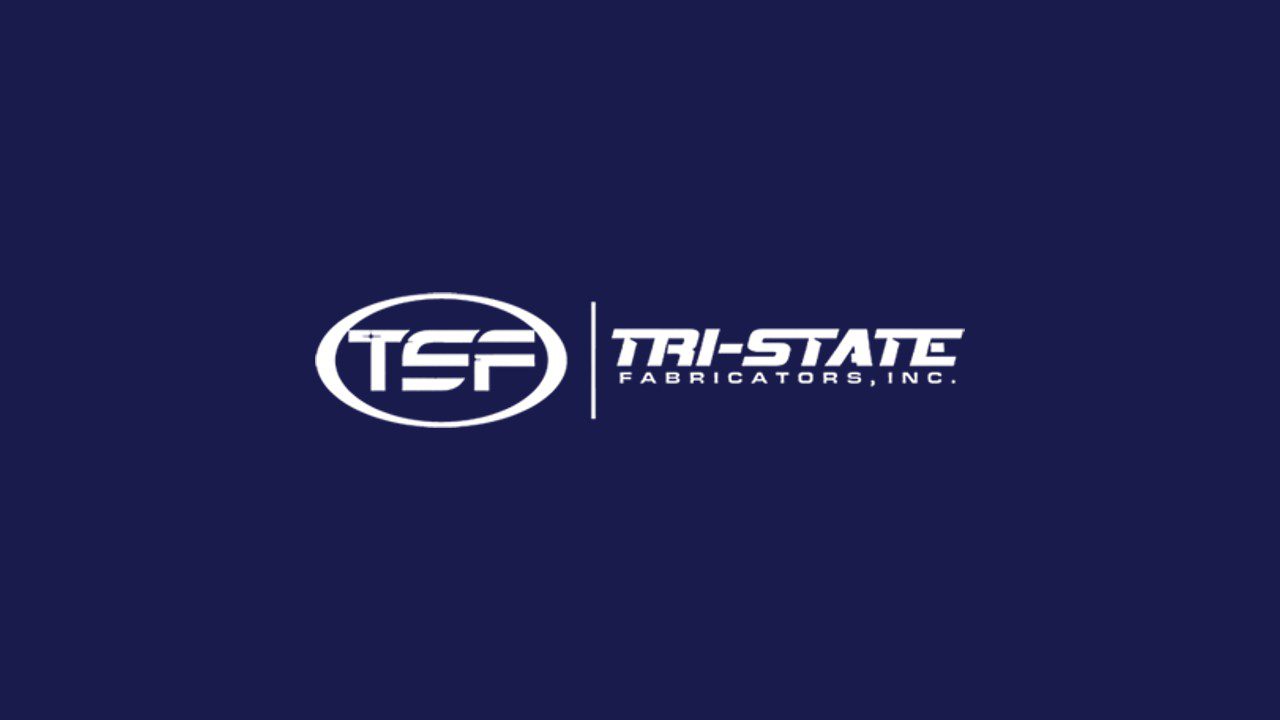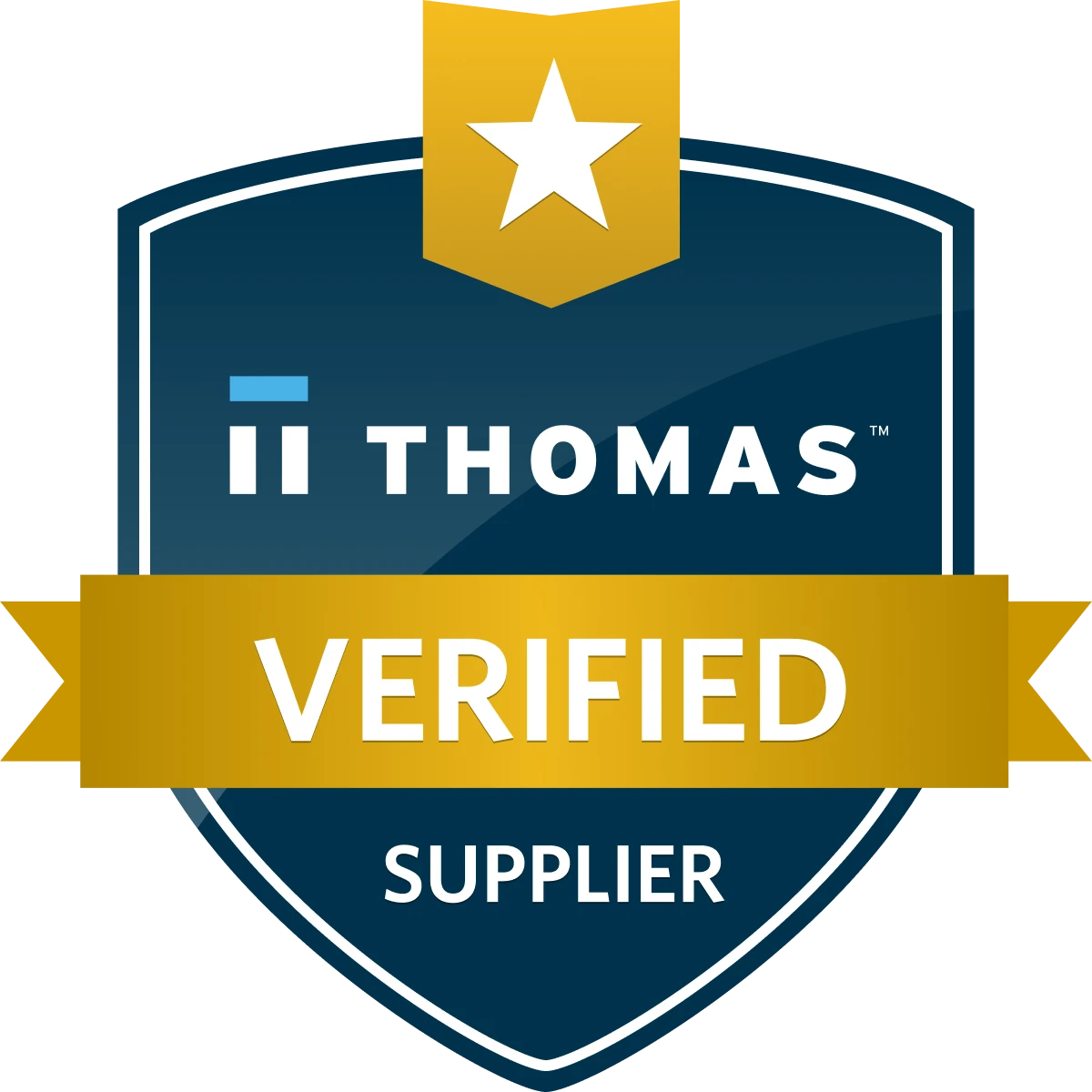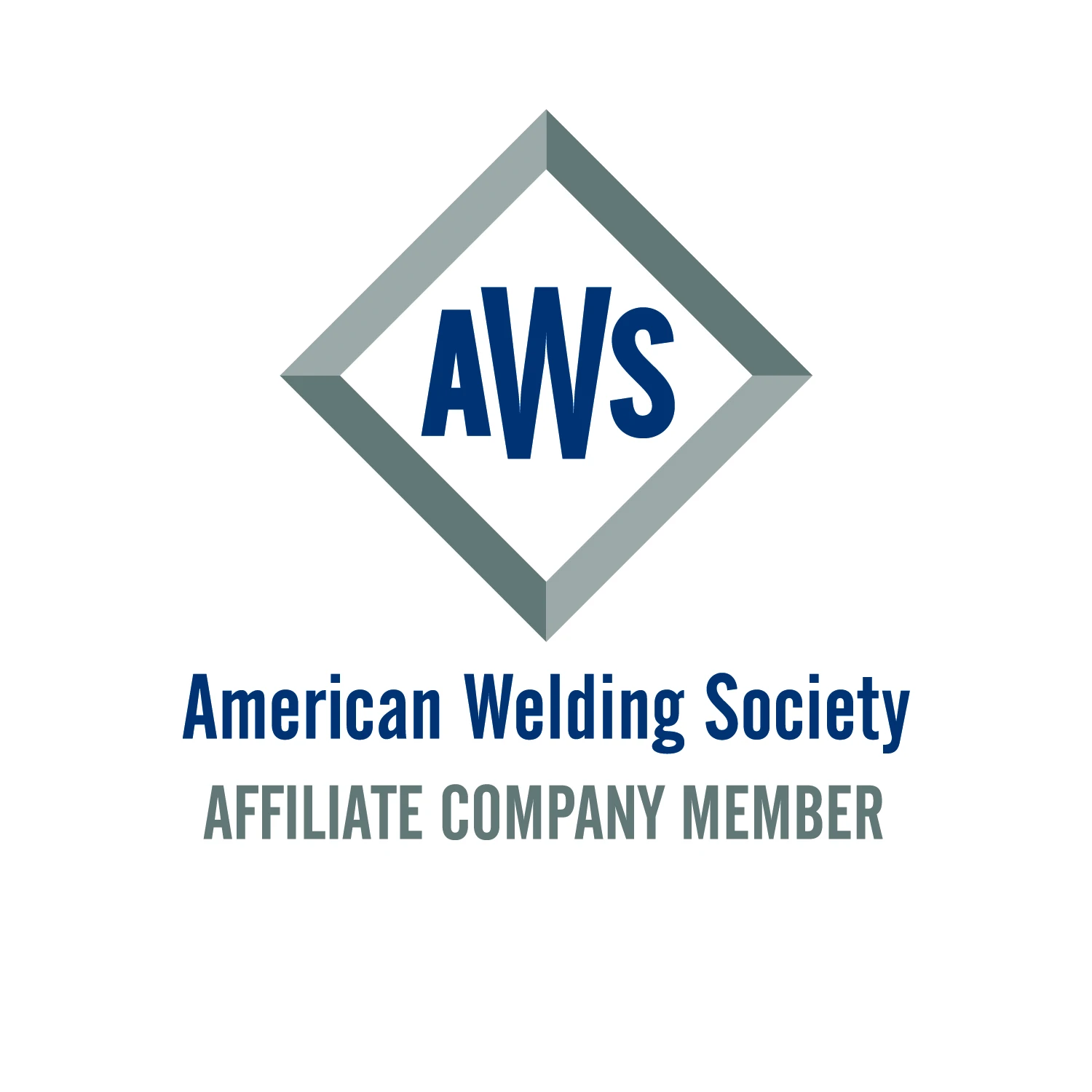In the automotive industry, the use of advanced and ultrahigh-strength steels (AHSS/UHSS) continues to expand, as these materials can help reduce vehicle weight while adding strength and improving fuel economy and crashworthiness.
The process of stamping parts from sheet metal frequently includes shearing operations such as blanking, piercing, and trimming. In all these processes, shearing edges of the die indent into the sheet material until fracture propagates between the upper and lower shearing edges (see Figure 1).
A sheared metal edge typically has four zones (see Figure 2) that are found on the edges of both the cut-off piece and the clamped piece, but in alternate orientations:
Rollover – the plastic deformation at the sheared edge caused by bending.
Burnish Area – a vertical, rubbed edge that the blade creates with a sharp cutting edge.
Fracture Area – a rough, angular surface that occurs as an abrupt transition from the smooth burnish area.
Burr – caused by excessive clearance, dullness of the cutting tools, or a combination of these.
Many factors can affect the configuration of the sheared edge such as the cutting clearance, cutting angle, cutting blade sharpness, cutting speed, lubrication, sheet material parameters, tooling condition, tool wear, and strain rate.
Let’s take a closer look at a few of these factors.
Trimming Clearance
The clearance is the horizontal distance between the upper and the lower shearing edges in trimming (see Figure 1) and the radial distances between the round punch and die in hole punching. It is normally expressed as a percentage of the sheet metal thickness. For mild steel, it varies between 5% and 12% of the sheet thickness.
Trimming clearance is a major factor in determining the shape and quality of the sheared edge. Optimizing the clearance may require some experimentation to minimize an uneven fractured edge condition.
Increasing clearance decreases pressure on the cutting tool, which helps increase tool life. A limiting factor is the quality of the sheared edge and allowable burr height. Decreasing clearance helps improve shear edge quality, but it increases deformation of the sheet material in the shearing zone. It also increases work hardening and results in larger cutting forces and higher loads on the cutting edges of the die.
Read more: Engineering Angle: Factors affecting sheared edge quality in stamped parts






